Lenovo K9 review The budget smartphone killer
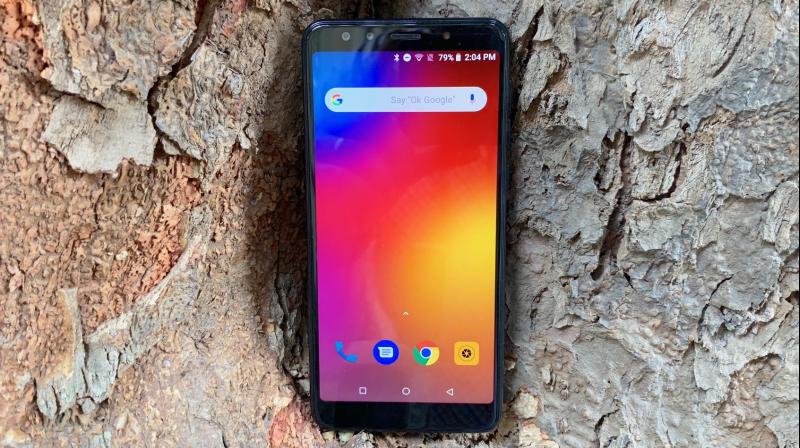
A few years ago, Lenovo had disrupted the smartphone market in India when it began launching really great smartphones at a price point that was extremely reasonable. However, in the recent past, the brand has become quite anonymous in this gadget segment, even though for argument's sake, it can be said that its sub-brand Motorola has been very active and have launched instant classic phones that create a sizable traction in India.
After a year's hiatus, the brand has stepped out of the shadows and recently launched the K9, which is dubbed the ‘Killer 2.0.’ Priced competitively in India at Rs 8,999, the handset’s main USP is its four cameras — two on the rear and two up front. This is pretty unique in itself for a budget device, but that’s not all. It comes with a premium looking design and sports a USB Type-C charging port that’s commonly found on handsets priced significantly higher.
This handset is aimed to compete with crowd favourites such as the Xiaomi Redmi 6, the Honor 7S and a host of other smartphones that are currently dominating the sub Rs 10K segment. So, let’s take a look and see if the Killer 2.0 can annihilate the competition.
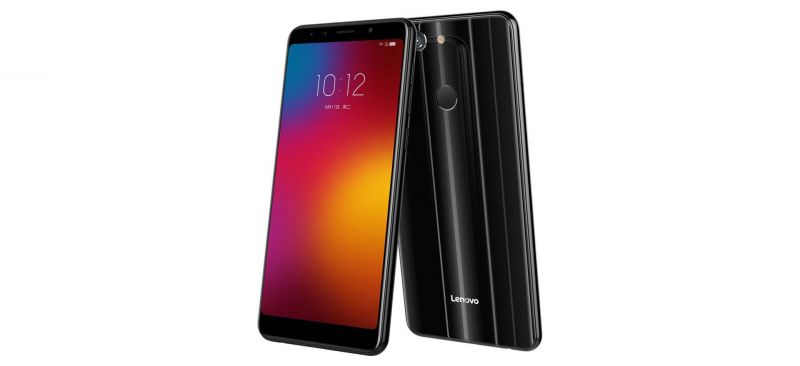
Design, Build
The Lenovo K9, as the name suggests, is the successor to the K8 that was launched last year. At the time, the K8 looked and felt great according to 2017 standards. The K9 is beautiful and its design certainly betrays its price tag. The design ethos behind this one is consistent with those handsets that cost much more such as the Honor 9N or dare we say, the significantly more expensive Huawei Nova 3. It doesn't sport the gradient design that’s found on the aforementioned handsets but rather feels as rich as them. We have to applaud Lenovo for bucking away from the ‘notch’ trend and rather having a forehead and chin. Not only does this model feature two rear cameras, but it also has two shooters up front rated at the same value. This is quite unusual for a smartphone in this price bracket and kudos to Lenovo for that.
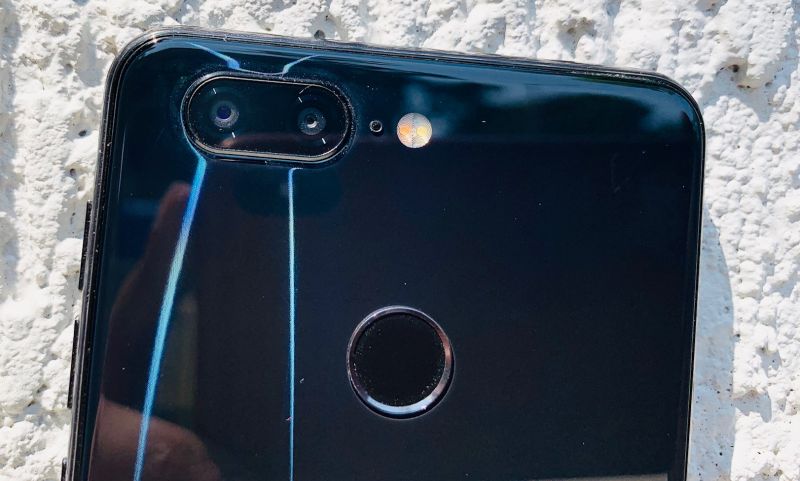
Lenovo has stuck with the rear-mounted fingerprint sensor that’s easy to reach with one hand. The handset’s dual shooters on the rear are stacked horizontally and are housed inside a miniscule bump. When lying flat, without its case which comes bundled with the device, there is no wobble. In fact, the bump is so negligible that it makes us wonder why Lenovo couldn’t make it flush in the first place.
We also find the rear home to the Lenovo branding which fits well with the overall design of the handset. Lastly, and quite impressively, the rear is made out of glass, thereby giving it the 'oh-so-premium' look. However, the glass found here is merely for aesthetic reasons and has no other functionality such as wireless charging. While the glass is a lovely touch that wins it a ton of brownie points, to keep it looking as beautiful, you need to keep it in its case as it tends to be a fingerprint magnet.

Like with most handsets available, the power button along with the volume rockers are placed on the right. However, since they are pretty close to each other, Lenovo has added a bit of texture to the power button so it’s easily distinguishable from the other buttons. On the other side lies the hybrid SIM tray that can support a microSD card up to 128GB or an additional nano-SIM card. For those of you who love the convenience of a wired headphone, Lenovo has not removed the headphone jack unlike the growing list of brands who are rushing to remove it. An interesting feature added here is the inclusion of a USB Type-C charging port. Lenovo has kept one eye on the future and has opted for this instead of the traditional micro USB port. However, we are not too sure whether this is a good decision as micro USB cables are quite freely available and most portable devices still heavily support it so finding a spare cable is not an issue. But, for what it’s worth, we applaud Lenovo for using this type of port on a device with this price tag.
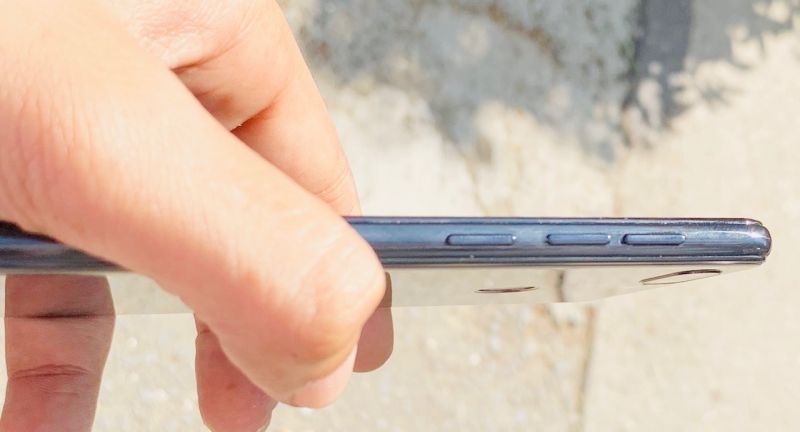
Display
As mentioned earlier, the Lenovo K9 comes without a notch and rather, its fitted with a 5.72-inch HD+ Max display with an aspect ratio of 18:9 and a resolution of 1440 x 720 pixels. The side bezels are not thick and it gives the handset a very streamlined look. A problem with a lot of budget phones is the top and bottom bezels. Thankfully, Lenovo has not added additional width to them and in the process making it look a lot classier than its predecessor. By Lenovo adding a 2.5D curved display, the handset feels comfortable in the hand and holding it for long periods of time for watching movies or playing games is great.

As far as the quality of the display goes, it is bright and viewing it in direct sunlight is not an issue. Text and colours are crisp and vivid respectively and once again, the screen in itself puts it on par with handsets in the mid-range category. If we were nitpicking though, we would have preferred if Lenovo added a slightly higher resolution as then it would have definitely been not just a budget smartphone killer, but a mid-range handset killer as well. But in the end, what it does it does best with no complaints from us.

Software
The Lenovo K9 runs on Android 8.1 and has been updated to the August 2018 security patch. The OS feels like a stock Android version that’s usually found on Android One devices and navigating through it is very easy and intuitive if you have used an Android handset in the past. Even if you happen to be switching from a non-Android handset, the learning curve is fairly negligible and you should get used to it within a day or two. This is an advantage Lenovo has over the competition as other handsets come with their own UI making it a bit difficult to use from the get-go. However, there is the bloatware that is found here with apps such as App Daily, UC Browser, SYNCit, a few games and more. The good thing is that some of them can be easily uninstalled to save up space for all the apps that you want and need.
Performance
The Lenovo K9 is powered by an octa-core MediaTek MT6762 Helio P22 processor that’s clocked at 2.0GHz and paired with a PowerVR GE8320 GPU. The handset comes with 3GB of RAM and 32GB of storage. Due to its almost stock UI, the K9 feels buttery smooth for a budget device and multitasking was a breeze. However, it has to be noted that in the initial stages the handset will hold up well, but over a span of time, you should expect it to slow down a bit. But this is not to say that it will be unusable, but just a bit sluggish. Loading of apps took the usual one second and playing of casual games like Subway Surfers was handled well. However, if you are interested in playing graphic intensive games such as Asphalt 9: Legends, you will not get the ultimate gaming experience. The game is playable but runs at the lowest possible settings. We would strongly recommend not using this phone to play such games.
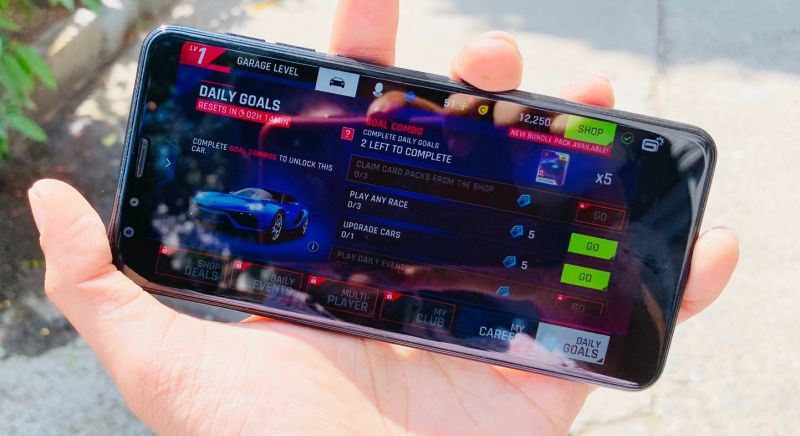
While using the K9 to access social media apps like Facebook and Instagram, the handset holds its own with no stutter or lag notice. The same was found while streaming audio and video or while instant messaging through apps like Amazon Prime, Netflix and WhatsApp respectively.
While running the regular synthetic benchmarks such as Geekbench, the handset refused to run the app no matter how many times we uninstalled and reinstalled it. Strangely, it did manage to run the more intensive benchmarks such as PCMark and AnTuTu. With the PCMark test, the Lenovo K9 scored a respectable 4801 points; this is a bit higher than handsets that are priced in the Rs 10K range, which is good. While running the AnTuTu benchmark, the handset scored 78737 points which is on par with handsets in its price range.
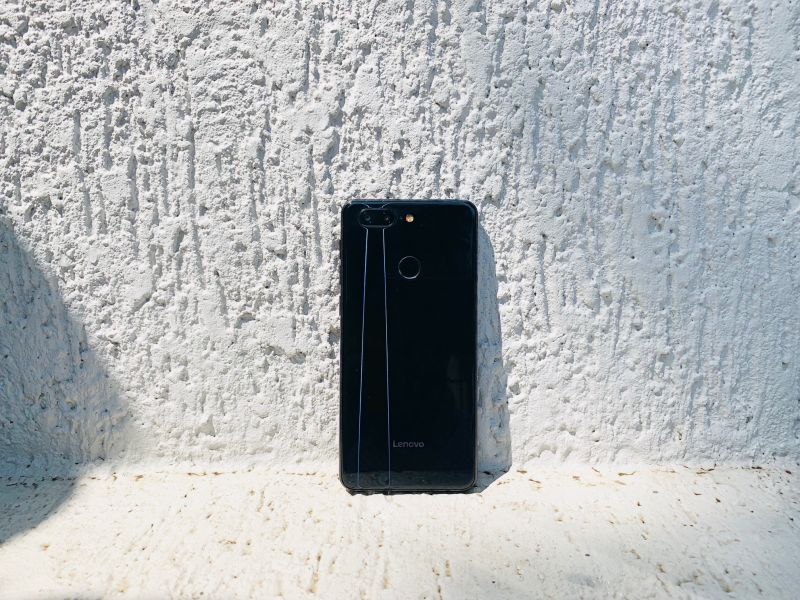
An issue we had with this handset was the fingerprint scanner. Even after using it as our daily driver for about two weeks, the fingerprint did not register immediately. It was only after re-placing the finger on the sensor for the second or third time did it manage to unlock the handset. In fact, we ended up using the passcode more often than not to unlock the phone. For a 2018 smartphone, this is unacceptable and it should work without any of these issues.
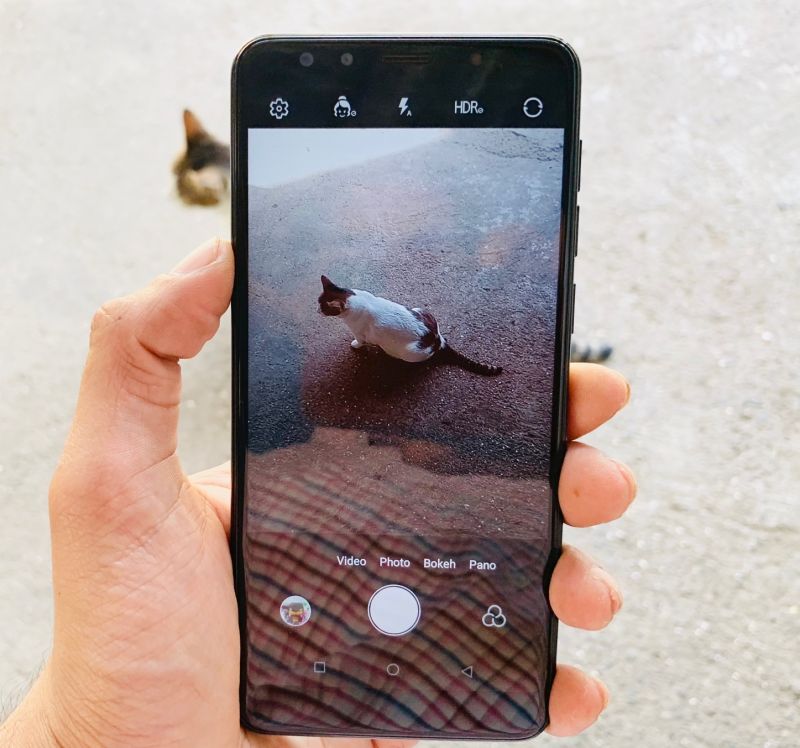
Camera
The main feature of this handset is its four cameras, two in the rear and two up front. Another interesting feature is that Lenovo has stuck with the same camera configuration for both sets of cameras. This will translate to the quality of the shots you get with the primary cameras, you will get with the selfie cameras.



The handset comes with a 13MP + 5MP rear camera along with a dual LED flash. The cameras found here are pretty impressive as it managed to render colours accurately and yet keeping all the details. When it comes to outdoor, photography, the rear camera truly shines and the secondary camera does help it to an extent with the depth sensing. However, we did notice that at times colours do appear a bit washed out especially when shooting photos of the sky. But, for a smartphone in this price range, it certainly excels. Indoor or low light shots, however, were not the best as there was significant grain beginning to creep in. But colours managed to be produced accurately.





The front-facing selfie camera is also rated at 13MP + 5MP and as is with the rear camera, while clicking portraits shots outdoors, the colours were well represented with a lot of detail visible. It also has a bokeh mode that does a decent job of adding blur to the background. The front-facing camera has a beauty mode which makes your face look a bit dolled up. This mode can be used and it doesn’t look as bad as seen on other handsets in this budget segment. However, if you want the best selfie that looks natural, it's best if this feature is turned off.
Battery
The Lenovo K series of handsets were known for their monster batteries with really long battery life, however, with the K9, the brand has added just a 3000mAh battery, which is rather surprising. We used the handset to access social media, browse web pages, play a few games of Asphalt 9, and stream content from Netflix. The battery just about lasted a whole work day. It’s advisable to keep it on charge while using the handset to stream content as it might drain the battery quicker than expected. Overall, the battery life of the Lenovo K9 is average for a handset priced in this segment. Also, with a USB Type-C charging port you get fast charging as it comes with a 2A/5V 10W power adapter.
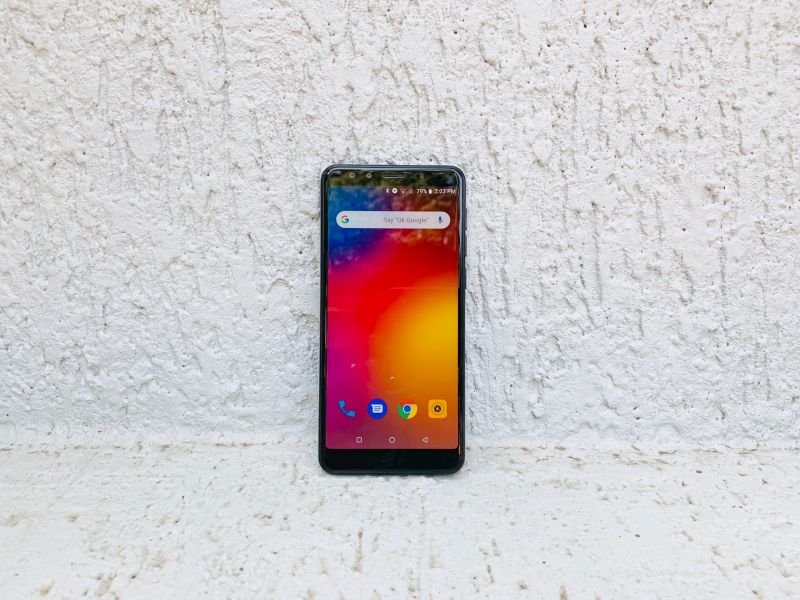
Verdict
The Lenovo K9 is priced in India at Rs 8,999 and this phone has been dubbed the Killer 2.0 by the brand. However, in the true sense of the term, this handset does not annihilate the competition but does come with ‘killer’ features such as the four cameras, a great display and the addition of a USB C port. We have a lot of hope for this handset and do believe that it can succeed in the market. However, we find it hard pressed to say that it will topple the Xiaomi Redmi 6 as that handset is riding on its name which is worth more than any killer feature. However, if you do decide to purchase the Lenovo K9, you can be rest assured that it will do justice to the money you spend.
Click on Deccan Chronicle Technology and Science for the latest news and reviews. Follow us on Facebook, Twitter.

